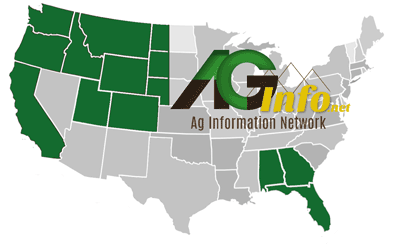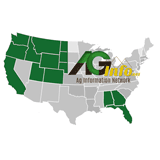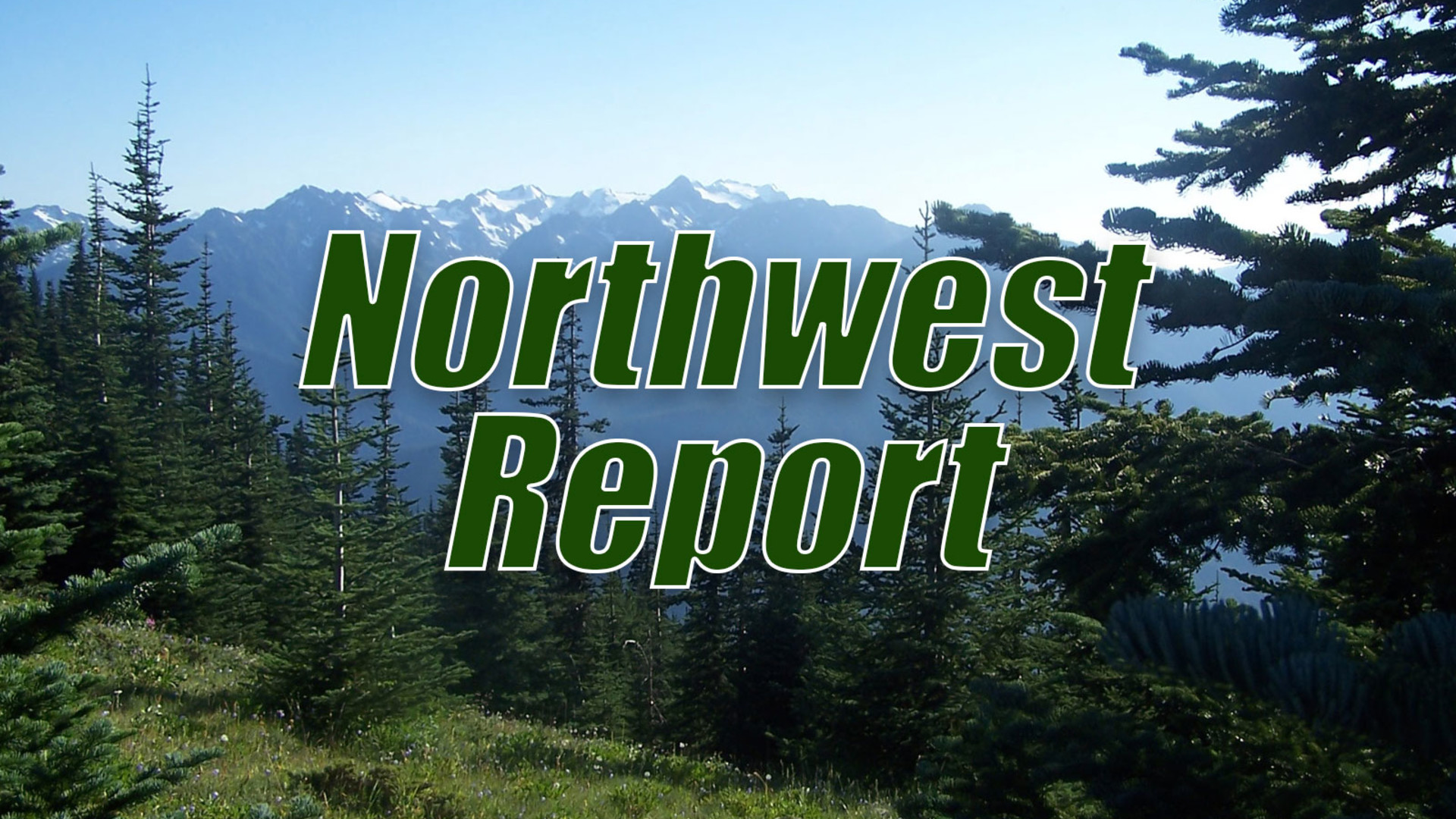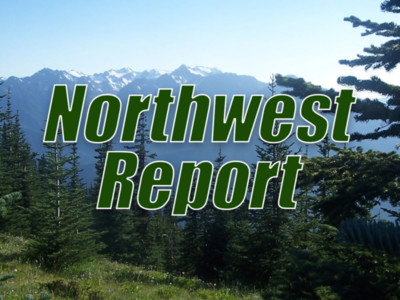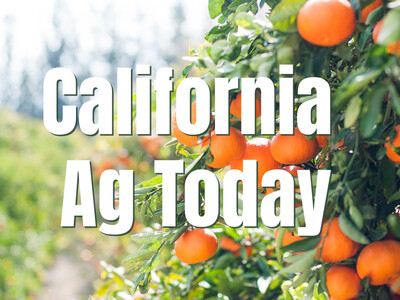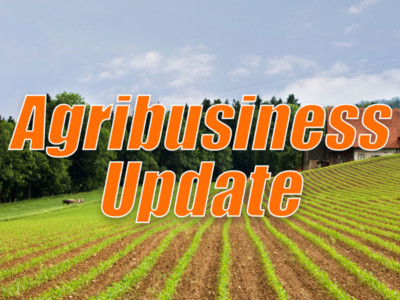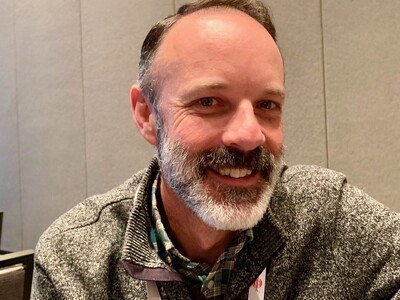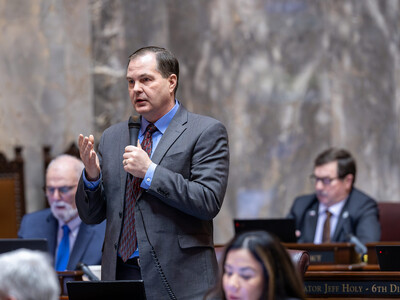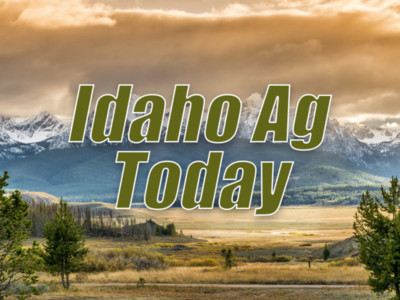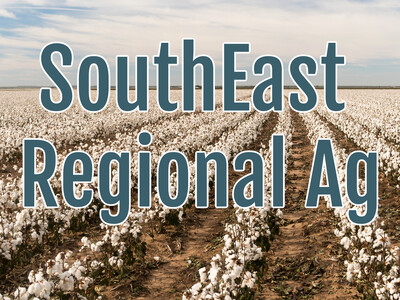Standing Up for Cap and Trade & Swine Flu Summit
Standing Up for Cap and Trade & Swine Flu
One thing is for sure, whether you are agree with it or not, cap & trade has sure got everyone’s attention. Last week Ag Secretary Tom Vilsack, speaking at the Iowa State Fair told folks that cap and trade legislation, if written and carried out properly, could add to farmers' net income.
VILSACK: If it’s structured right. If it takes into consideration challenges that livestock producers have. If we’re given enough time to transition, we believe at USDA that this is going to be a net, bottom line increase for farm income generally in the country.
Last Friday, Oregon Governor Ted Kulongoski took part in an all-day Oregon Summit on Influenza Preparedness, organized to help the state of
Now with today’s Food Forethought, here’s Lacy Gray.
The last several years has seen the controversy over the breaching of northwest dams grow to nearly biblical proportions. The one thing both sides agree on is wanting to save the salmon. What they can’t seem to agree on is the best way to go about doing that. A few environmental groups feel that there’s a way to save the wild salmon without breaching the dams. These dams are not causing the salmon to go extinct; in fact the northwest is seeing a large salmon run this year. Studies have shown that there’s a 25 year cycle in the
Thanks Lacy. That’s today’s Northwest Report. I’m Greg Martin on the Northwest Ag Information Network.
